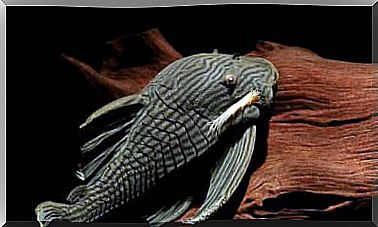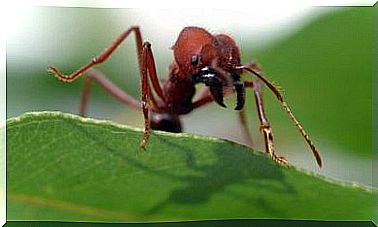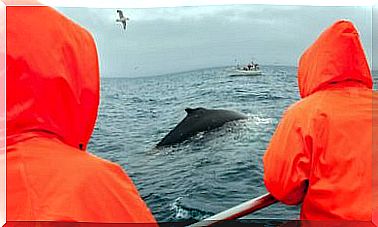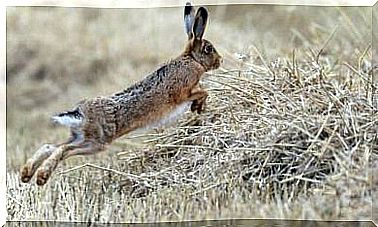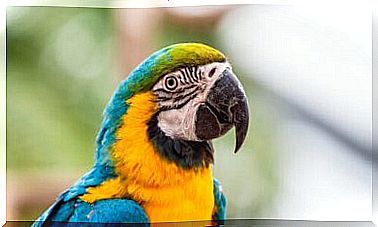Corroboree Toad: A Very Interesting Species
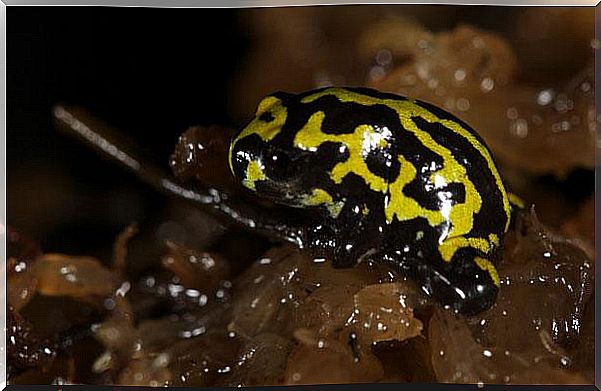
The Corroboree Toad is an iconic amphibian in Australia, as its colorful body pattern, its venom and the progressive slope of its population have made it a research object. In addition, it is the target of national preservation plans to prevent its extinction.
Depending on the inhabited region, the frog-corroboree has different ‘ designs ‘ with regard to the combination of its colors. Thus, while the Northern Corroboree Frog has a black base hue with yellow stripes, the Southern Corroboree Frog, conversely, is yellow with black lines.
The geographic distribution of the Northern Corroboree Toad comprises the territories of New South Wales and the so-called Australian Capital Territory within Kosciuszko National Park, Bondo State Forest, Micalong State Forest, Wee Jasper State Forest, Namadgi National Park , Brindabella National Park and Bimberi Nature Reserve.
The Southern Corroboree Toad is limited to the Snowy Mountains region of New South Wales.
Physical and behavioral characteristics
Despite its size, less than three centimeters, its striking pigmentation indicates the secretion of an alkaloid highly poisonous to its predators. The Corroboree Toad feeds on small invertebrates, especially black ants.
They are typically found in seasonal swamps and their surrounding vegetation in different regions of the Australian Alps.
In winter, they remain inactive under the trunks or among the forest substrate. They are more dynamic the rest of the year, although, unlike other amphibians, they walk rather than jump.
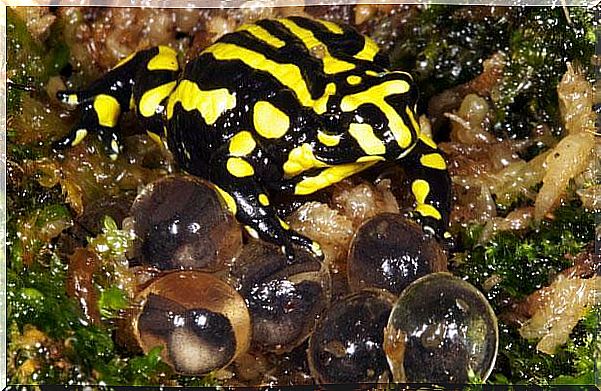
Source: https://www.zoo.org.au / Damian Goodall
Breeding begins with the arrival of summer. During these months, the males are dedicated to building nests on the moss or vegetation close to the aquatic environment. Once packaged, they emit a series of vocalizations intended for courting the females and later mating.
The laying of eggs by the female is relatively low compared to that of other frogs, in a range between 15 and 40 units. However, throughout the breeding season, each male can reproduce with different females, even in the same nest.
Embryos develop until they reach the so-called diapause state, in which they stop growing until the autumn rains stimulate hatching.
Afterwards, the tadpoles head to the nearest water source to swim and feed autonomously. With the arrival of the following summer, the metamorphosis that will allow them to achieve their adult appearance will take place.
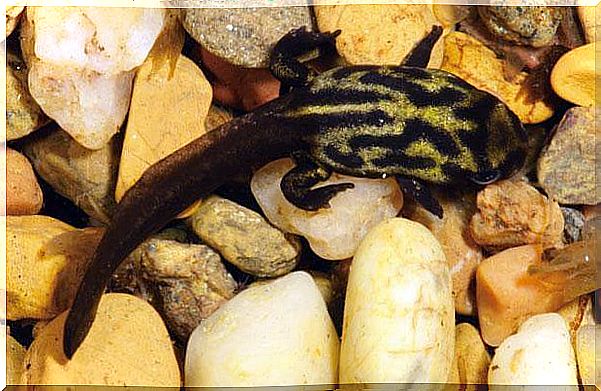
Threats and conservation of the frog-corroboree
According to information from the Australian Government’s Department of Environment and Energy, the population decline of both types of this frog has progressively increased since 1980.
The main responsible for this decline is the fungus known as amphibian chytrid, the Batrachochytrium dendrobatidis .
This fungus, which causes the deadly chytridiomycosis disease, in addition to harming the Australian frog, has wiped out much of the amphibian diversity on the American continent.
In Australia, the spread of this pathogen is enhanced by the presence of the common eastern frog, Crinia signifera . This species acts as a reservoir for the fungus, and can present high levels of infection without developing the disease, which encourages transmission to other species.
Another threat is climate change, which causes severe droughts and the general degradation of the habitat of these animals. The scarcity of water favors the death of this amphibian, as the eggs and tadpoles depend directly on it.
Currently, the International Union for the Conservation of Nature (IUCN) considers that Northern and Southern Corroboree Toads are at risk of extinction.
For this reason, the Australian government has developed a series of national plans for the conservation of this frog species, in addition to creating a large number of nature reserves and parks.
